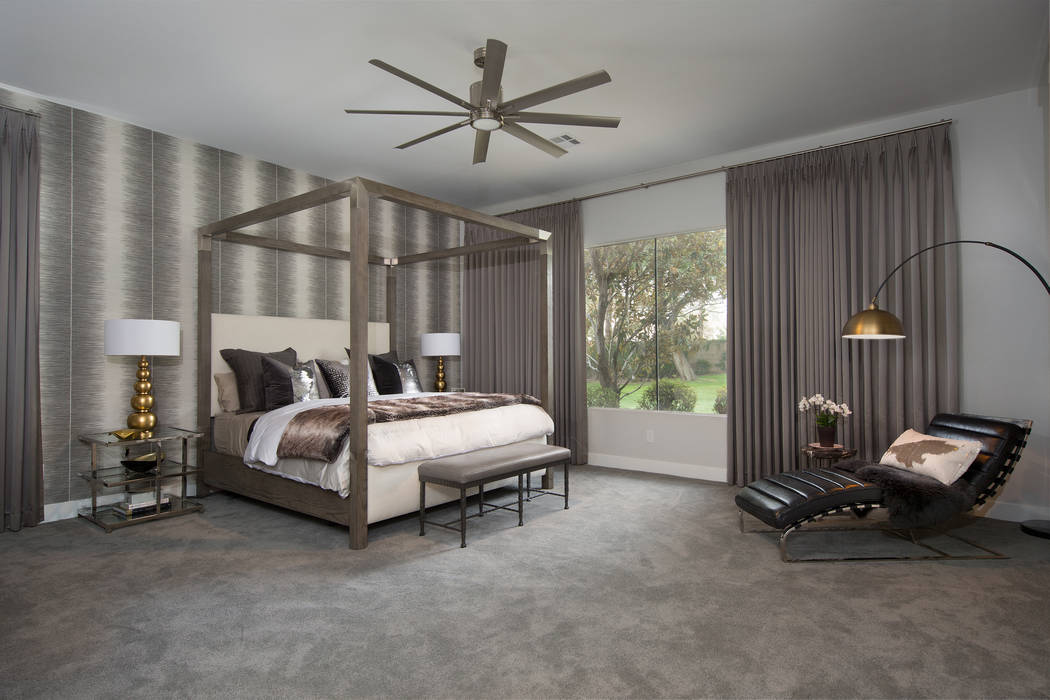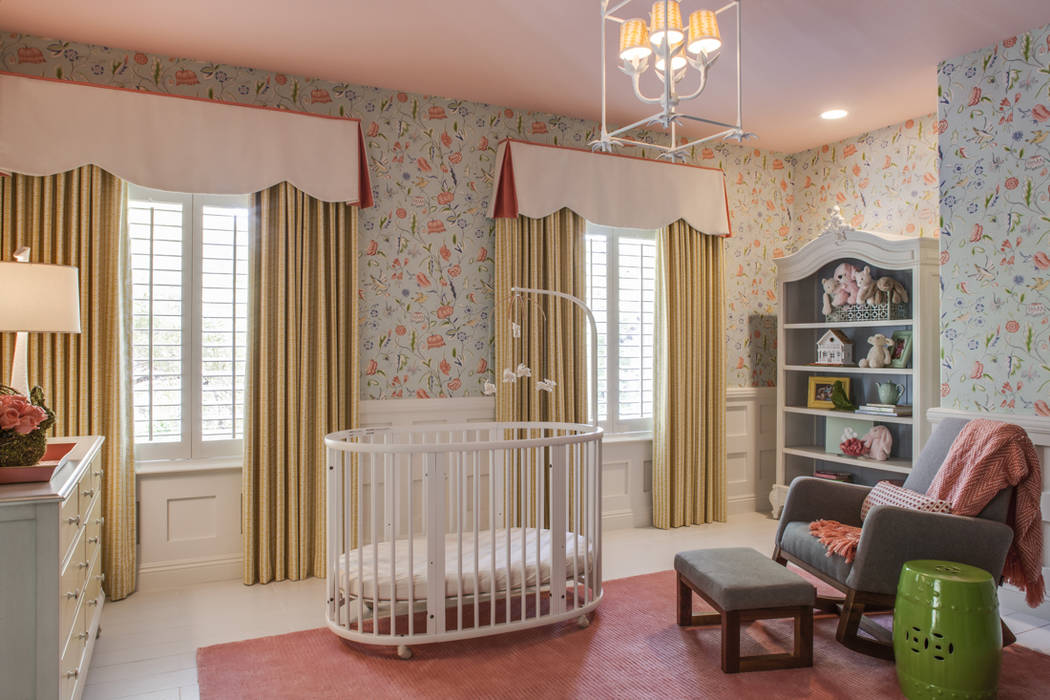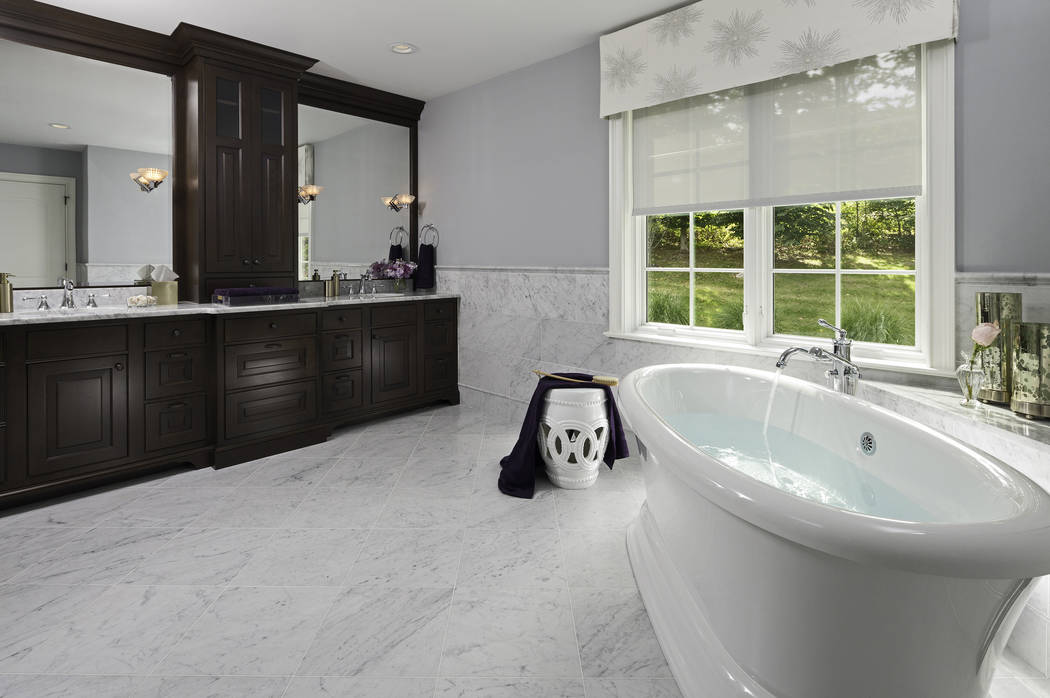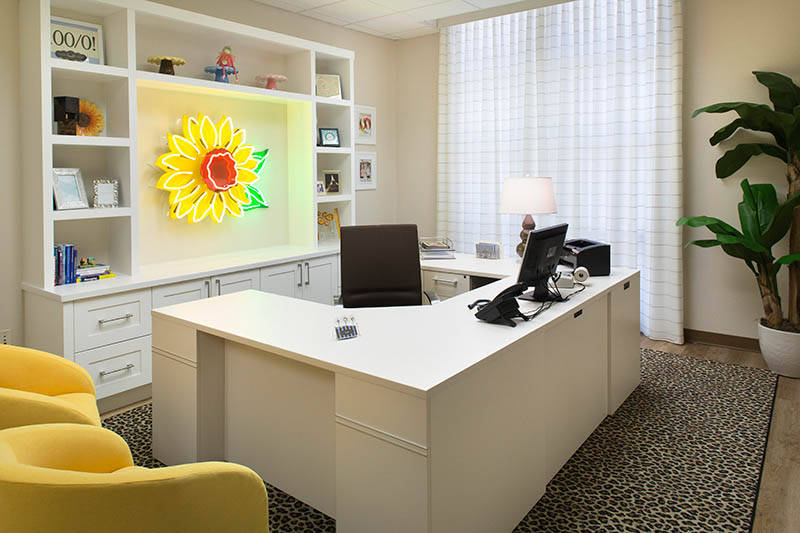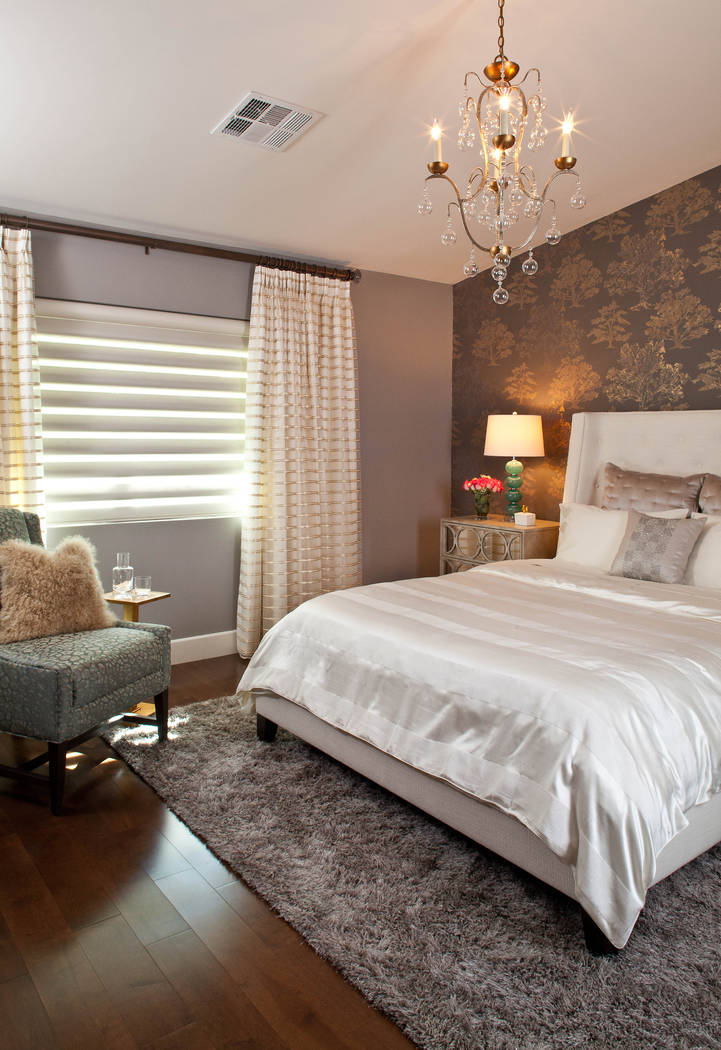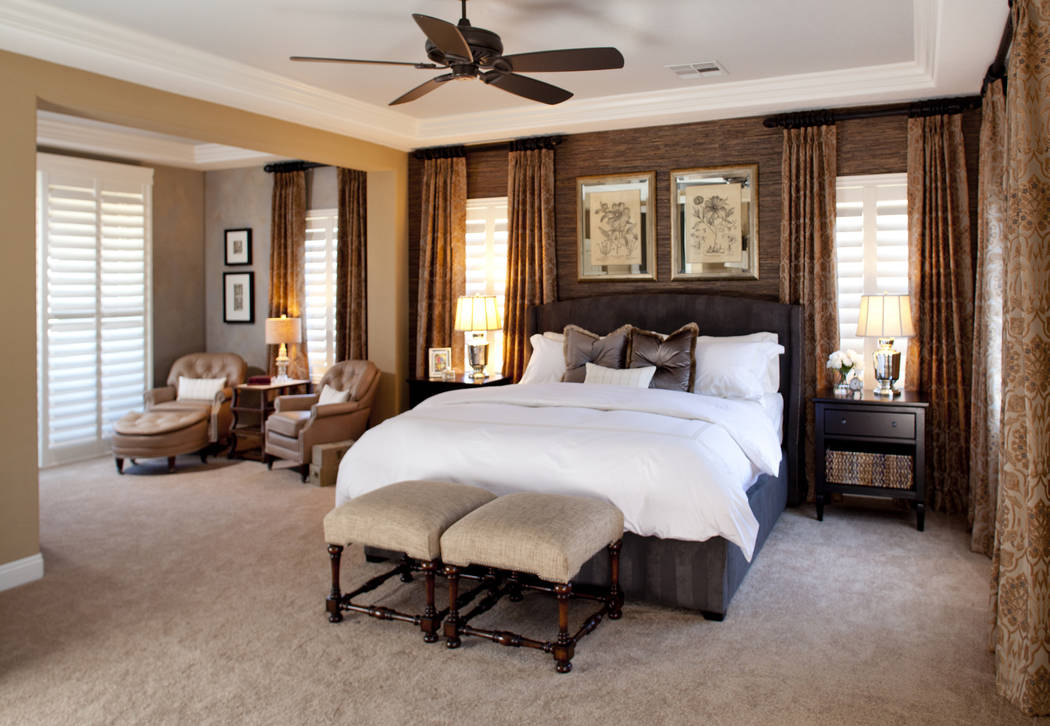Window coverings come in a variety of colors and materials
Choosing the right window coverings for your new or remodeled home is one of the most important decisions you will make — maybe even more so than getting the keys to the front door or programming that remote garage door opener. And unlike the simple decisions your grandparents had to make, today’s choices come in a vast palette of colors, textures and natural or synthetic materials.
To begin with, vertical blinds are passé. They’ve been replaced by wide contemporary vertical sliding panels made of fabrics to mimic drapes.
Horizontal blinds have also been replaced by vanes of soft fabric that close to filter natural light or open widely to expose outside views. Sheer fabric vanes with UV protection that hang like drapes are another choice that can be rotated for privacy or closed to let in soft light.
For a clean and less expensive alternative, designer roller shades are very popular, and they come in a variety of fabrics and colors to choose.
Horizontal or vertical cellular honeycomb shades by Hunter Douglas, for example, are another way to use attractive fabrics that incorporate insulating air pockets for reducing heat loss while maintaining a contemporary look. Roman shades composed of luxurious fabrics are very popular over stiff horizontal metal or plastic Venetian blinds. Their soft folds, sheer to filter light or dark to block light out, are easily lowered or raised either by hand and more often via a motorized device.
In fact cords on drapes, blinds and shades have been drastically limited as of Dec. 15, when new safety standards took effect. All window coverings sold in the United States are now required to be cordless or have inaccessible or short cords. This applies to stock products, both sold in stores and online.
The ruling stemmed from a concern that corded window coverings could pose a strangulation hazard to infants and children, according to the U.S. Consumer Product Safety Commission.
“The standard’s new requirements segments the market into custom and stock, and requires all stock products sold in stores and online to be cordless or have inaccessible or short cords,” said Ralph Vasami, executive director of the Window Covering Manufacturers Association. “Stock products account for more than 80 percent of all window covering products sold in the United States, and CPSC incident data shows that requiring these products to be cordless or have inaccessible cords would have the most significant and immediate impact on reducing the strangulation risk to young children from certain window covering cords.”
And that works for consumers, regardless if they have children or not.
“About 40 percent of our customers want high-tech in their window coverings,” Christopher Breiter, sales manager at House of Window Coverings in Las Vegas, said. “Homeowners are having their new homes hard-wired, and you can also have battery-operated window coverings. A lot of people want at least some motorized shades on some windows.”
Besides having the cool feature of pushing a button and seeing your shades go up and down or being able to program the operation from your smartphone, today’s contemporary homes have very large windows, sliding patio doors and in-home theaters, and sizable coverings pretty much have to be motorized.
“Big shades should be motorized,” Marlies Zieman, president of Interior Visions of Las Vegas, said. “Windows are big and wide open. … People don’t want to see the cord. They love their remote.”
Zieman has been in the custom window-covering business for 23 years. She works with 80 designers and has dressed some of the most luxurious homes in Southern Nevada.
Zieman said it is quite common for a homeowner to spend more than $100,000 on window coverings if the home cost $2 million.
“It’s an aesthetics thing,” Zieman said about how customers decide what type of window coverings they want. “It depends on the style of the home. The advantage of drapery is that they make the home look softer and warmer. Shades are hard window coverings, so we’ll do cornices to soften the room.”
Jvon Danforth, owner of House of Window Coverings, said some homeowners who want to go green want organic materials in their window covering. These would include natural woven wood shades layered with simple sheer linen panels. The concept is to bring nature indoors.
“There’s nothing like beautiful drapes,” said designer Peggy Scinta of P. Scinta Designs, LLC. “They lay and look perfect.” She added that it’s common for homeowners to spend an average of $2,500 for custom-made drapery in their master bedroom.
Scinta makes window covering recommendations to her clients based on two factors: style of the home, whether it’s contemporary or traditional in design, and functionality. What room will the window treatment be used — bedroom, media room, nursery? Does the homeowner want privacy, light control and either automation or manual control of the coverings?
“I recommend fabrics that are 100 percent polyester,” Scinta said. “We don’t use silk or linen because they are not cost effective. And silk, wood and linen don’t hold up well in our (desert) climate.”
Scinta recommends that homeowners research examples of window covering designs they like and share them with an interior designer before making any purchases. She said people could set up a bulletin board on the website Pinterest and pin their ideas there for designers to see. Another resource homeowners could use is the Houzz website to obtain home design, decorating and remodeling ideas.
“There are a million different pieces that go into the puzzle,” Scinta said. “A lot of times you need to take into account an art collection in the home. … First, it is about functionality, and second, it’s about the design of the home. Window treatments are a must. They make the home look finished.”



